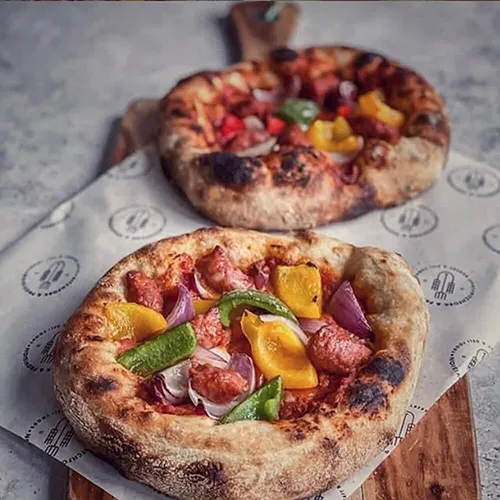The Versatile Charm of Olive Oil Boxes
Olive oil, often hailed as a liquid gold, has captivated the culinary world for centuries. Its rich flavor, health benefits, and versatility make it an essential ingredient in kitchens around the globe. However, beyond the oil itself, the way it is presented—particularly in attractive olive oil boxes—plays a crucial role in its marketability and appeal. This article delves into the significance of olive oil boxes, exploring their impact on consumer choices, branding, and sustainability.
The Importance of Packaging
Packaging serves not only as a protective barrier for the product but also as a key marketing tool. Olive oil boxes come in various designs and materials, reflecting the unique character of the oil within. A well-designed box can catch the eye of consumers even in a crowded market, conveying quality and sophistication. Luxurious designs with intricate details may signal premium oils, while eco-friendly packaging might attract environmentally conscious customers. The visual appeal of olive oil boxes can significantly influence a customer's purchasing decision, making investment in quality packaging crucial for producers.
Branding and Storytelling
One of the most compelling aspects of olive oil packaging is its ability to tell a story. Many olive oil brands focus on their heritage, sourcing, and production methods, which they convey through their packaging. A beautifully crafted box can communicate the brand's philosophy, its commitment to quality, and the care taken in each harvest. This storytelling aspect enhances the consumer's connection to the product, creating a sense of authenticity and trust. Boxes may include illustrations of olive groves, images of the pressing process, or even information about the artisans behind the brand, allowing consumers to appreciate the intricacies of olive oil production.
olive oil boxes

Sustainability Matters
In recent years, sustainability has emerged as a crucial factor influencing consumer behavior. As awareness of environmental issues grows, many consumers seek products that align with their values. Olive oil producers have responded by developing eco-friendly packaging solutions that minimize waste and reduce their carbon footprint. Innovative designs made from recyclable materials, along with refillable boxes, are becoming increasingly popular. By prioritizing sustainability in their packaging, olive oil brands not only enhance their appeal but also contribute to a greener planet.
The Global Appeal
Olive oil boxes reflect a global tradition that transcends cultures. From the sun-kissed groves of the Mediterranean to artisan producers in California and beyond, olive oil has a rich history rooted in various culinary practices. Packaging that celebrates local craftsmanship and cultural significance can resonate with consumers from diverse backgrounds. Whether it’s a rustic wooden box that evokes a sense of tradition or a sleek, modern design reflecting contemporary tastes, olive oil packaging has the potential to connect people across the globe.
Conclusion
In the world of culinary delights, olive oil stands as a powerful staple that elevates flavors and promotes health. When paired with exquisite packaging, such as well-designed olive oil boxes, it becomes more than just an ingredient; it transforms into a brand experience. From capturing consumer attention to telling a brand's story and embracing sustainability, olive oil boxes play a multifaceted role in the marketplace. As consumers become more discerning and environmentally aware, the importance of packaging will continue to grow, driving innovation and creativity in the olive oil industry. Ultimately, the charm of olive oil boxes is a testament to the beauty of combining tradition with modernity, creating products that are not only delicious but also memorable.



